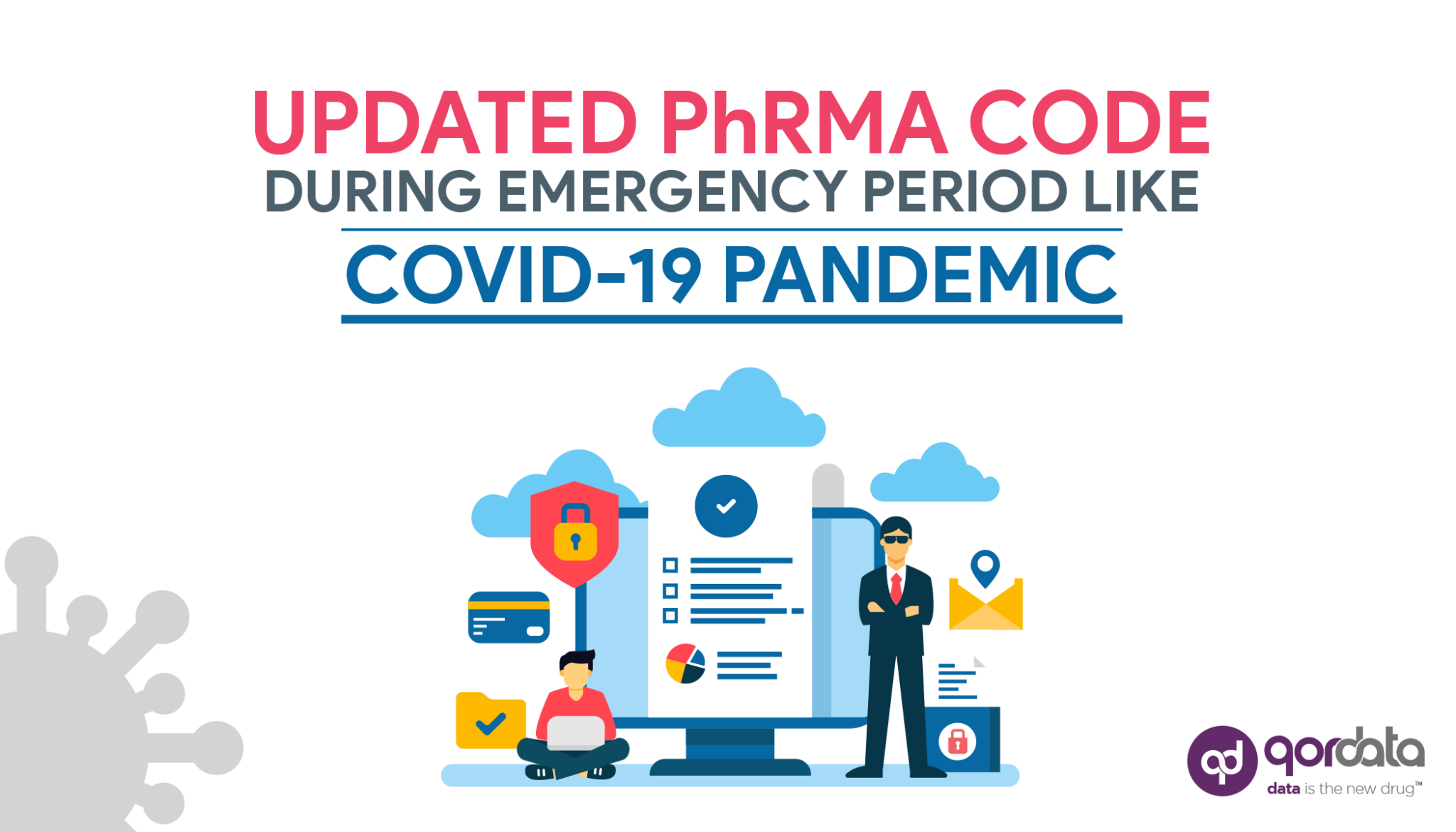Clinical practices, at least the very best of them, take place out in the open. If anything, these depend on the expertise and input from several groups like academics, clinicians, healthcare organizations, manufacturers of medicines and medical technology, and even patient organizations.
These collaborations, however, need to be transparent, and for this particular purpose, the long awaited EFPIA Healthcare Professional (HCP)/Healthcare Organisation (HCO) Disclosure Code was adopted.
Although the implementation of the EFPIA disclosure code is believed to be a positive force aimed at promoting transparency in terms of the interactions that take place between HCPs/HCOs and the pharma industry, things cannot be expected to be as smooth.
The fact of the matter is that implementation of the EFPIA Disclosure Code spans a region of 33 countries that report their spend data in 28 different languages. With consent and spend data being acquired by pharma companies with varying systems, business processes, and data infrastructure, this element, in itself, is enough to demonstrate the challenges that this implementation faces from an operational perspective.
Challenges for Pharma Companies
Now that the EFPIA Transparency Directive has deemed it necessary for pharma companies across the EU region to report their spend data at least on a yearly basis (considering that reporting is required more often in some countries), there are certain challenges that they are bound to face.
To begin with, it is vital for pharma companies in some countries to acquire HCP and HCO consent to have their data published. Considering that the EFPIA Code is not legislated, national as well as regional data protection laws state that pharma manufacturers must seek consent from HCPs (in most countries, not all) and HCOs (in countries like Switzerland and Australia) in order to disclose their names and spend.
In case a company cannot acquire consent for some reason or the other, it is necessary for the transfer of value to be disclosed in the unnamed aggregate category. To most, acquiring consent appears to be a relatively simple task for companies – ask questions, obtain an answer from the concerned HCP or HCO and base the company’s next steps on the answers.
But from a company’s point of view, there’s actually a myriad of decisions that need to be taken for operations purposes. These include:
-
Who gets to engage with the HCP/HCO
-
What language should be used for this interaction
-
When to seek consent
-
Should answers be obtained through paper or electronic means
-
What steps to take in case an HCP/HCP refuses to provide an answer or doesn’t sign or date documents
-
how the message should be sent out to HCPs and HCOs to raise awareness and understanding about disclosure
-
how to make it possible for HCPs and HCOs to revoke consent
The next challenge set forth by the implementation of the EFPIA disclosure code is that of the differences under the ‘standard’ or original template of the code. Ever since the code has been implemented at the national level, a wide range of requirements have evolved from the original code. There are quite a few varying disclosure requirements in some countries, a few of which are:
-
Travel Insurance
-
Differences in definitions of HCOs and HCPs
-
Meeting room rental
-
Agreements pertaining to joint working groups
Even though these issues may not seem significant on an individual level, these present significant challenges to multi-national companies that take up standard automated approaches to these elements in terms of their resources, finances and design.
As time goes by, the current situation has deemed it necessary for business and IT resources to work together, understand and not just gather but also design, test, validate and communicate even the subtlest changes.



